Grey Water Recycling Solution Catches Eye in Water Deficit Kerala
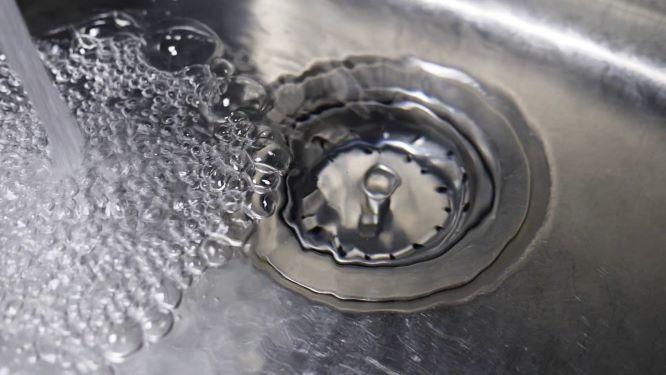
Kerala after the devastating floods last year is paradoxically faced with another challenge this year, which is water scarcity. Despite being blessed with high rainfall and numerous water sources, several districts in Kerala have been reporting a severe shortage of water, from capital Thiruvananthapuram in the south to Kozhikode in the north.
To drive home the message of making Kerala a self-sufficient and prosperous water resource state, Haritha Kerala Mission last Wednesday kicked off Jala Sangamam event where 20 stalls were set up by Kerala Irrigation Department, Farm Information Bureau, Kerala Agricultural University and Groundwater department, among others. The event focussed on conserving water resources, promoting water harvesting and reviving polluted water sources.
At the event, Kerala Ground Water Department had put up a filter point well assembly scheme which provided in-depth information on construction and maintenance of borewells. ‘Amachal Lift Irrigation Scheme‘ of the Haritha Kerala Mission, has also introduced a mini model of the first lift irrigation scheme in the capital city which will be constructed at Kattakkada constituency. The scheme aims at providing enough water supply to paddy fields located near the Amachal pond.
However, curious spectators were intrigued by a unique way of conserving spent water called the Grey Water Recycling.
What is Grey Water?
Greywater or sullage is gently used water from your bathroom sinks, showers, tubs, and washing machines. It is not water that has come into contact with human waste. Greywater may contain traces of dirt, food, grease, hair, and certain household cleaning products. While greywater may look “dirty,” it is a safe and even beneficial source of irrigation water.
Sources of greywater include sinks, showers, baths, clothes washing machines or dishwashers. Greywater makes up to roughly 60% of household wastewater. An average Indian household, if implements greywater recycling can save up to 200 liters every day.
Grey Water Recycling
The simplest and cheapest greywater recycling system is to capture shower and bath water in a bucket and use it to flush a toilet. Another simple way is to collect the water from a washing machine in a tub by connecting the outlet to the tub and using this water for the garden.
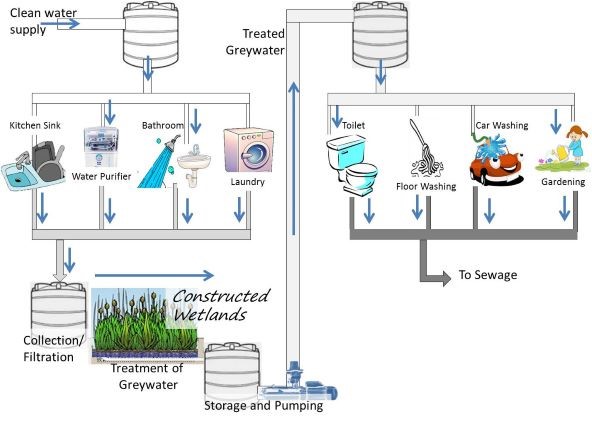
Some advantages of recycling greywater
- Useful during periods of droughts or water shortage
- Saves on your water bills
- No wastage of water
- Helps save useful plants and vegetables when the water supply is very low
- Can be used for collecting and using rainwater
Greywater recycling helps reduce household water usage by about 50% — potentially halving your water bills as well as your water footprint.
How to recycle grey water at home?
Usually, our houses are built in a way that black water (water from toilet containing human waste and is bacteria-laden) and grey water get mixed. To avoid this, separate pipelines are needed to isolate the discharge of both these kinds of wastewater.
While the black water can go into the drain, grey water pipe can be diverted to a small tank where all such water gets collected.
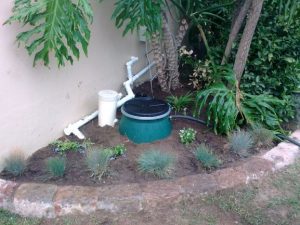
While water from the bathroom will contain things like hair, oil, and soap sediments, water from kitchen sink might have titbit of food items like rice, lentils or other such contents. Once grey water is collected separately, the next step is to filter the water. This tank should be cleaned after every few days for maintenance.
After the filtration process, greywater is fit to be used for gardening or washing purpose. The filtered water can be diverted to the garden. You can also practice drip irrigation to both save water and nourish your plants well.
If you don’t have a garden or don’t wish to utilize it for gardening purpose, you can use it for other odd purposes like washing car and driveway, moping, or cleaning sideways/staircases and many more. One efficient way is to divert some grey water towards unused patches of land in and around apartment buildings, where it can be used to build reed/soil beds, this can even become a community project.
There are also many Greywater recycling systems available for installation too. The best example of country-level greywater recycling is in Japan. To tide over its water shortage, through a multi-pronged strategy involving small treatment plants and closed-loop water supply at the building-level, Japan reuses more than 53 million liters of water every day.
For India, greywater recycling is an eco-friendly, economical and effective way of providing considerable water security to every household in the country. At the time when freshwater supplies are diminishing fast, implementing solutions like this aren’t just a good idea, they’re absolutely vital for the well-being of the nation and its future.

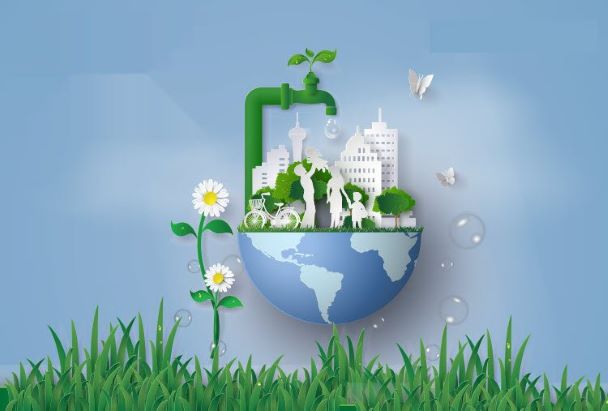
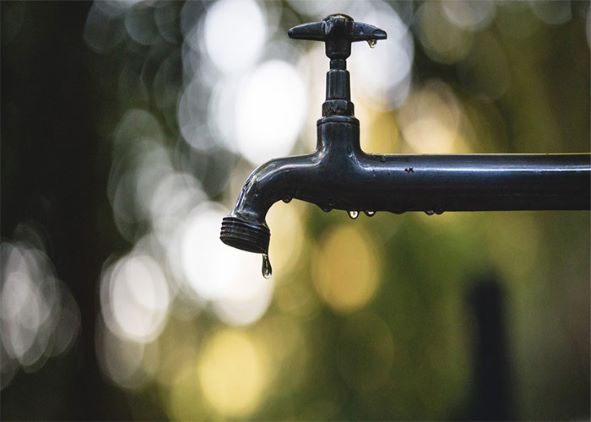

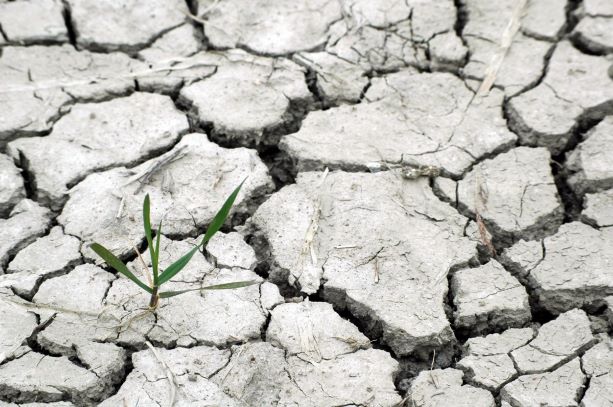

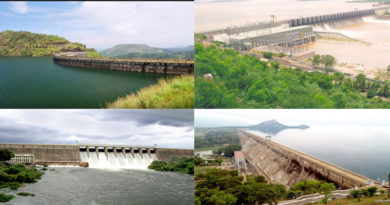


what kind of filtration system to be used? i set up 9 inches of blue metal, 9 inches og sand and 9 inches of soil, with greywater percolating from top to bottom (blue metal). but the top surface of soil gets clogged and after 2 days, the water is not percolating. in this pit, i have planted 10 canna plants also. the size of the pit is 60 x42x15 inches, with about 250 litres of grey water coming in per day